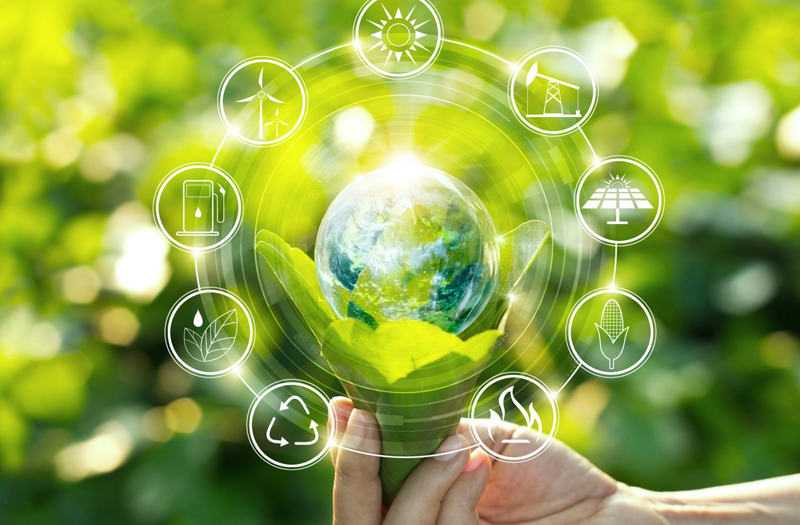25 Jul 2022
Towards a more circular and sustainable Europe

Europe aims to become the first climate-neutral continent by 2050. In this frame, Rare Earth Elements (REEs) are essential materials for Europe’s economy and green political agenda. In fact, 64% of the REEs demand is driven by the production of powerful permanent magnets containing neodymium (Nd), praseodymium (Pr), terbium (Tb) and dysprosium (Dy) for high-energy efficient electric motors. Such devices are vital for electric vehicles, renewable energy technologies, robotics, as well as aerospace and defense applications.
What are the Rare Earth Elements (REEs)?
The rare earth elements (REE) are a set of seventeen metallic elements. These include the fifteen lanthanides on the periodic table plus scandium and yttrium. REEs are key components in many electronic devices that we use in our daily lives, as well as in a variety of industrial applications.
What are Crititcal Raw Materials (CRMs)?
Critical Raw Materials (CRMs) are those raw materials which are economically and strategically important for the European economy, but have a high-risk associated with their supply. They are used in consumer electronics, health, steel-making, environmental technologies, defense, space exploration, and aviation. The materials are not only “critical” for key industry sectors and future applications, but also for the sustainable functioning of the European economy.
What is the major challenge nowadays in the REEs European Value chain?
According to the Rare Earth Magnets and Motors: A European Call for Action report released by the European Raw Materials Alliance (ERMA), “while REEs used for magnets (Nd, Pr, Tb, Dy) constitute only 25% of the total rare earths production volume, they represent 80% to 90% of the total rare earths market value”. However, the major challenge nowadays in the REEs European value chain is the heavy reliance on imports from third countries, but particularly from China, as more than 90% of REEs for magnet manufacturer are produced in this country. This then results in a high supply risk for these materials to Europe and the transition towards a green economy is vulnerable.
What is the REEPRODUCE project’s objective?
The innovative solutions to be developed in the REEPRODUCE project will set the foundations for a more resilient and secure raw materials value chain in Europe aiming to solve the technological, economical, and societal challenges we are facing today. In addition, this will strengthen the leading role of European REEs industries.